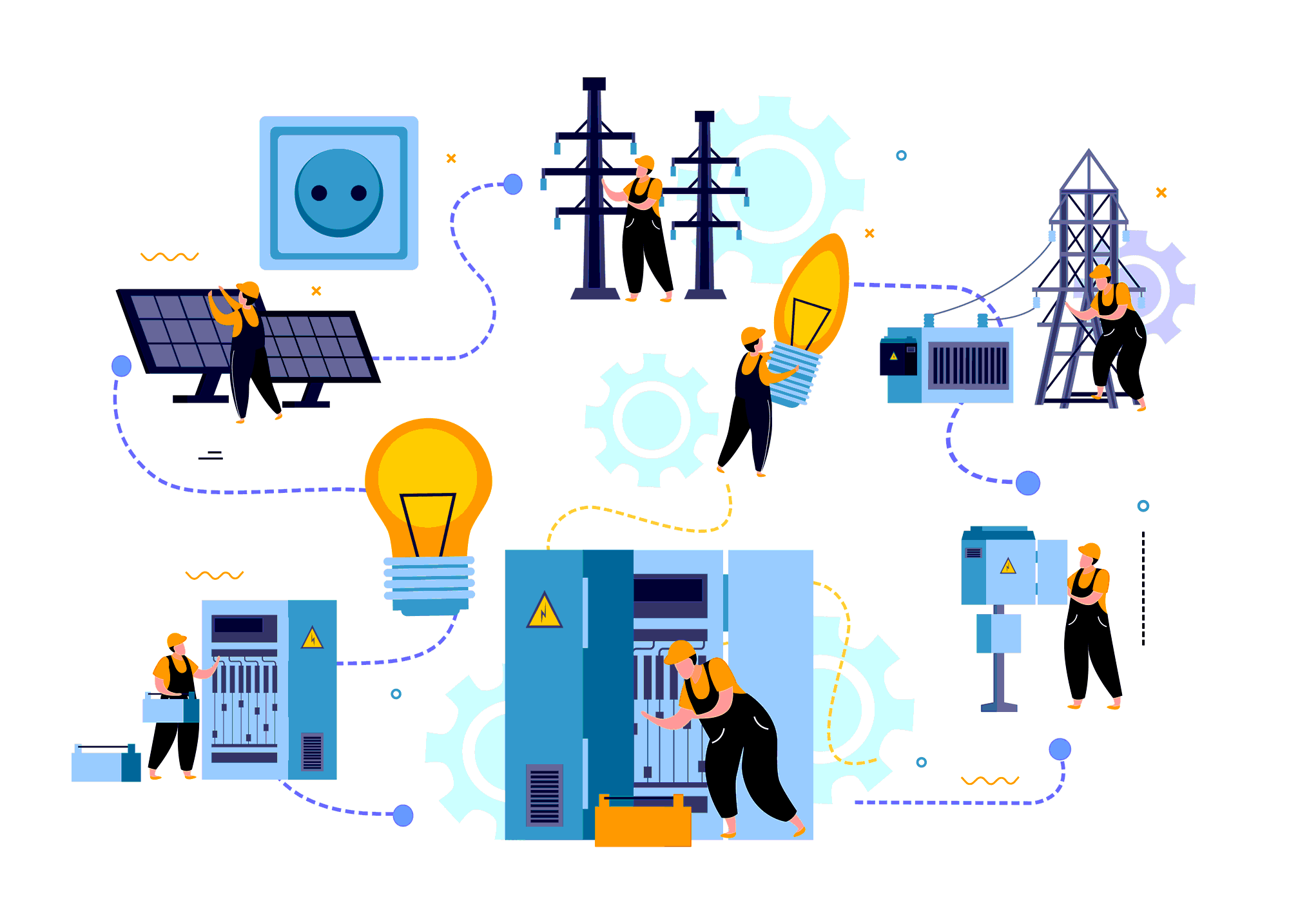
Save on Energy Costs with Automated Home Systems: The Latest Technological Advancements and Cost-Benefit Analysis
As more and more people become aware of the importance of reducing their carbon footprint and energy costs, the demand for energy-saving automated systems for homes is increasing. Automated systems such as smart thermostats, lighting systems, and energy management systems can help homeowners save on energy costs while reducing their impact on the environment. In this article, we will explore the benefits of energy-saving automated systems for homes, including the latest technological advancements and successful installation examples. We will also provide a cost-benefit analysis to help readers make informed decisions about installing such systems.
Types of Automated Systems Available for Homes
Automated systems for homes can range from simple smart thermostats to complex energy management systems. Here are some of the most popular types of automated systems available for homes:
- Smart Thermostats: Smart thermostats are an excellent way to save on energy costs by automatically adjusting the temperature of your home based on your schedule and preferences.
- Lighting Systems: Automated lighting systems can save on energy costs by turning off lights when not in use or adjusting the brightness according to the time of day.
- Energy Management Systems: Energy management systems can monitor and control the energy usage of your entire home, including HVAC systems, lighting, and appliances.
- Smart Plugs: Smart plugs can be used to turn off devices and appliances when not in use, reducing energy consumption.
How Automated Systems Can Save on Energy Costs
Automated systems can save on energy costs in several ways. Here are some of the most common ways:
- Energy Efficiency: Automated systems are designed to optimize energy usage by adjusting the temperature, lighting, and energy consumption of appliances based on the user's preferences.
- Cost Savings: By reducing energy consumption, homeowners in Houston can lower their monthly energy bills, especially given the local cost of electricity. The average price per kwh in Houston directly impacts how much residents pay for electricity, so decreasing energy usage can lead to significant savings based on the current average kWh rate in the area.
- Environmental Benefits: Using energy-saving automated systems can reduce the carbon footprint of a home, helping to combat climate change.
Cost-Benefit Analysis of Installing Automated Systems
While installing automated systems for your home can be an investment, it can also provide significant cost savings in the long run. Here is a cost-benefit analysis to help you determine whether installing automated systems is the right choice for you:
- Upfront Costs: The upfront costs of installing automated systems can vary depending on the type and complexity of the system. Smart thermostats can range from $100 to $300, while energy management systems can cost $500 or more.
- Energy Savings: According to the U.S. Department of Energy, smart thermostats can save homeowners an average of 10-12% on heating and 15% on cooling costs.
- Environmental Benefits: Using energy-saving automated systems can significantly reduce a home's carbon footprint, which can have positive environmental impacts.
Based on the cost-benefit analysis, installing automated systems for your home can provide significant long-term cost savings and environmental benefits.
Environmental Benefits of Using Automated Systems
Using energy-saving automated systems can have several environmental benefits. By reducing energy consumption, homeowners can significantly reduce their carbon footprint and contribute to the fight against climate change. Additionally, using automated systems can help reduce the demand for non-renewable energy sources, such as coal and oil, and increase the use of renewable energy sources, such as solar and wind power.
Latest Technological Advancements in Energy-Saving Automation
As technology continues to advance, energy-saving automation systems are becoming more sophisticated and efficient. For example, the Nest Learning Thermostat is a popular smart thermostat that learns your schedule and adjusts the temperature accordingly, saving you money and energy. Additionally, new energy management systems can monitor and control the energy usage of your entire home, providing detailed insights into your energy consumption and helping you optimize your energy usage.
Examples of successful installation of automated systems in homes can be found all over the world. For instance, in the UK, a family was able to reduce their energy bills by up to 50% after installing an energy management system in their home. The system monitored their energy usage and automatically adjusted the heating and lighting accordingly. Similarly, a homeowner in California was able to reduce their energy consumption by 40% after installing solar panels and an energy storage system in their home.
Installation and maintenance procedures for automated systems can vary depending on the type of system installed. It is always recommended to consult with a professional to ensure that the installation is done correctly and to avoid any safety hazards. Maintenance procedures may include checking the system regularly for any malfunctions, replacing batteries or parts as needed, and ensuring that the system is up-to-date with the latest software updates.
Conclusion
In conclusion, energy-saving automated systems for homes have become increasingly popular in recent years, and for good reason. They not only help reduce energy costs but also have a positive impact on the environment. With the latest technological advancements, there are now a variety of systems available to suit different needs and budgets. By conducting a cost-benefit analysis and seeking professional advice, homeowners can make informed decisions about installing these systems in their homes.
Electrical Engineering

